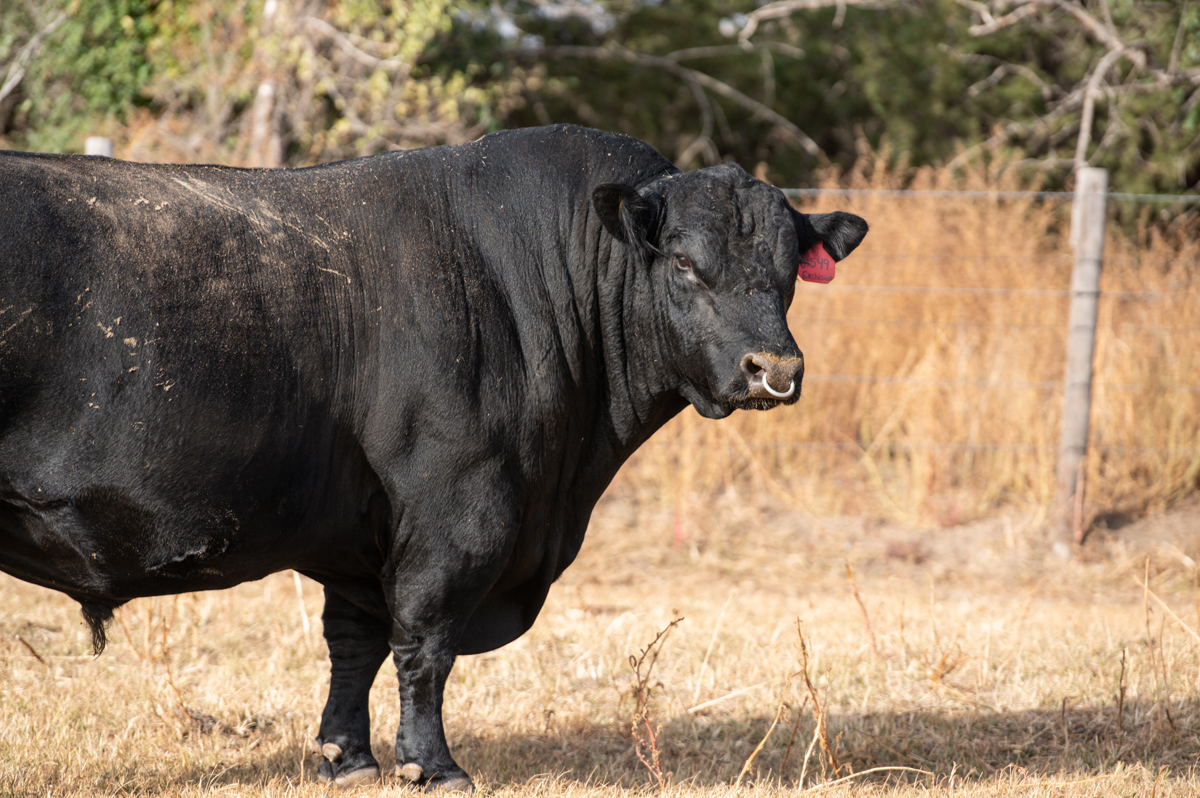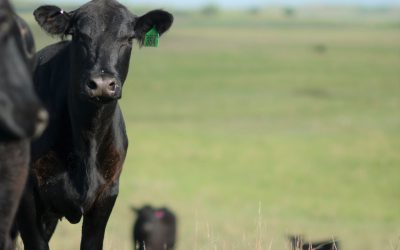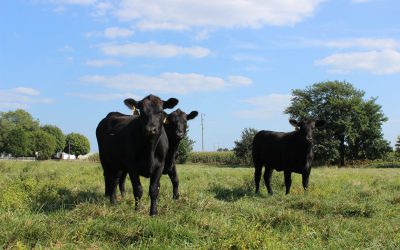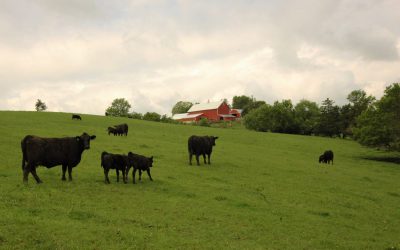
We all need a little bit of this
by Miranda Reiman
July 2011
Last night I called my family to tell them that I was boarding my connecting flight and, due to a cancellation and a reroute, I would be home late. My 3-year-old son said, “Nooooo….I want you to be home right now!”
It seems he gets his patience from me because not only did I want to be home at that very moment, but I also often feel that way with work projects. I don’t want the long lag time between a cattle research project and final results. I get frustrated with how long it takes to answer a complicated question.
I think that’s something many cattlemen and women have in common with me. The amount of time it takes to make genetic changes and then see results and act on that information is agonizing. You can be heading down a rabbit trail for several years before it shows up in the quality of replacement heifers or in feedlot data.

That’s why any time you have new tools or better information to select on, it makes that wait a little less painful. Just think about that couple-year waiting period before the days of EPDs.To use a Minnesota term all I can say is, “Uff da!”
After the last couple of days of meetings with the Supply Development team, I know that I’m going to have to muster up some patience before I can tell you about the exciting projects we have on the horizon. But just like the making of a good, solid cowherd, it’ll be worth it. So stay tuned!
May your bottom line be filled with black ink,
Miranda
You may also like
Hard work, luck and smarts
Sometimes it’s easy to see where a person is and forget where they’ve been. It’s easy to stare down the success in the here-and-now, without even a glance at their past. When I learned Gerald Timmerman won our Feeding Quality Forum Industry Achievement Award, I knew the family in generalities…for their feeding businesses spread across Nebraska and surrounding states. I knew they had some ranching and other beef industry interests.
A packer buyer’s favorite cross
A packer buyer’s favorite cross As the Brand the Barn intern, I’ve attended a lot of barn celebrations this summer (18 to be exact). Each time I’m struck by the variety of people in attendance. Sometimes, it’s a seedstock operation and bull buyers attend. Other times,...
Putting it in perspective
The older I get, the more I realize perspective is important. What would be a drought in Minnesota might be a really good summer in west Texas; what is a lot of noise to one family might be an average day in our house full of kids; what might seem cheap to some would be a lifetime’s savings for another.










